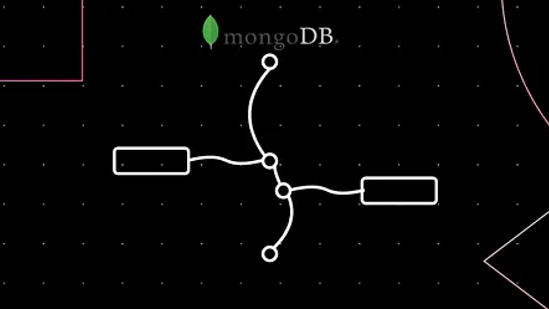
Unlock the Power of Flexibility: Your MongoDB Roadmap with Hands-On Tutorials
1. Foundations:
- Understand NoSQL databases: Learn the key differences between NoSQL and traditional relational databases, and when to use each.
- Grasp the document model: Explore how MongoDB stores data in flexible JSON-like documents, and how this model contrasts with relational tables.
- Install and set up MongoDB: Download and install MongoDB on your system, and learn how to start and interact with the database.
2. Basic Operations:
- CRUD: Master the core operations of Create, Read, Update, and Delete using the MongoDB shell or a driver.
- Querying: Learn to query documents using a rich query language that supports filtering, projection, sorting, aggregation, and geospatial queries.
- Indexing: Understand how to create indexes to improve query performance, and select appropriate index types for different use cases.
3. Data Modeling:
- Schema design: Learn to design effective data models in MongoDB, considering relationships, embedding, and normalization techniques.
- Mongoose: Explore the popular ODM (Object Document Mapper) for Node.js, which simplifies model definition and interaction with MongoDB.
4. Advanced Features:
- Aggregation framework: Utilize powerful aggregation pipelines for complex data transformations, data analysis, and reporting.
- Replication and sharding: Learn how to scale MongoDB horizontally for high availability and performance, ensuring data redundancy and distributing workloads across multiple servers.
- Security: Implement authentication, authorization, and encryption to protect sensitive data in your MongoDB deployments.
5. Integration with Applications:
- Node.js: Use MongoDB with Node.js to build web applications, APIs, and backend services.
- React: Connect MongoDB to React frontends for dynamic data fetching and updates.
- Other frameworks and languages: Explore integration with other frameworks like Express.js, Django, Spring Boot, and more, along with various programming languages.
6. Best Practices:
- Performance optimization: Learn techniques to optimize query performance, indexing strategies, and database tuning.
- Data modeling patterns: Explore common data modeling patterns in MongoDB, such as one-to-many relationships, embedded documents, and polymorphic models.
- Monitoring and administration: Understand how to monitor MongoDB performance, manage backups, and maintain database health.
7. Continuous Learning:
- Official documentation: MongoDB's official documentation is a comprehensive resource for in-depth learning and reference.
- Online courses and tutorials: Explore online courses, tutorials, and hands-on projects to solidify your understanding.
- Community resources: Engage with the active MongoDB community through forums, Stack Overflow, and meetups for knowledge sharing and support.
- Stay updated: Keep up with the latest MongoDB features and best practices through blogs, articles, and release notes.
Additional Tips:
- Hands-on practice: Build projects to solidify your skills and apply MongoDB in real-world scenarios.
- Troubleshooting: Learn to troubleshoot common issues and errors effectively.
- Gradual progression: Build your knowledge step by step, starting with the basics and gradually moving towards more advanced concepts.
Recent Posts
- Basic to Advanced JavaScript & React.js Syllabus
- Gemini Google AI: Your Powerful Multimodal AI Assistant
- Turbocharge Your Downloads: Enabling Parallel Downloading in Chrome
- Cracking the Code: Mastering JavaScript Interview Questions - Top 50 Q&A for Web Developers
- Demystifying MEAN Stack: A Comprehensive Guide to MongoDB, Express.js, Angular, and Node.js